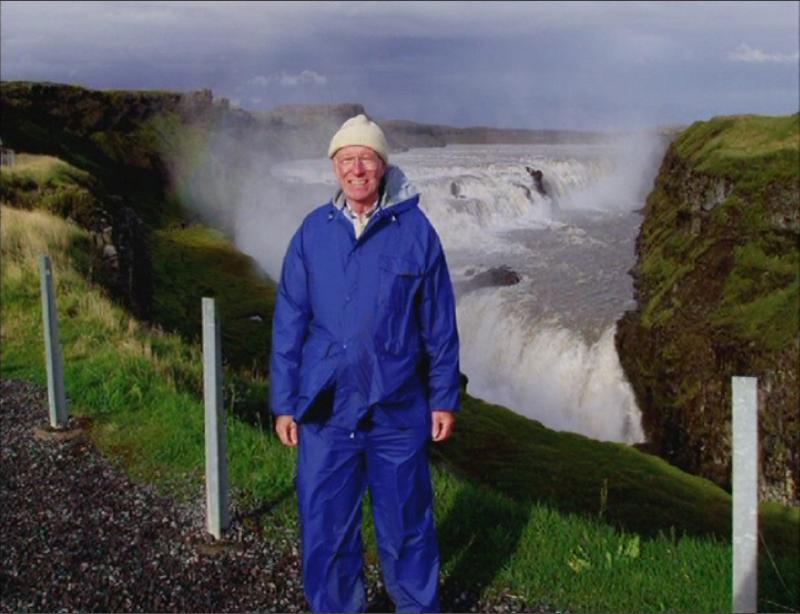Much of what we know today about the dynamics of the very ground beneath our feet is owed to the work of W. Jason Morgan, professor emeritus of geology at Princeton University. One of the most important scientists of the twentieth century, Morgan is a pioneer of the theory of plate tectonics, which explains that mountains, earthquakes, volcanoes, and other natural phenomena are caused by the movement of about a dozen rigid plates floating on Earth’s mantle. This theory represented a huge step forward when Morgan proposed it during a conference in 1967, at which time scientists struggled to explain the motions of the crust.
Morgan, who received his undergraduate degree in physics from Georgia Tech in 1957 and his Ph.D. from Princeton University in 1964, helped to shed light on the workings of Earth’s interior, as well. Throughout his career, Morgan has studied volcanic regions, called “hot spots,” in which magma comes up to Earth’s surface from the mantle in narrow pillars. His related mantle plume hypothesis is one of the leading explanations for unsettled questions about the formation of undersea mountains and landmasses like Hawaii.
By Jeremy Gordon








